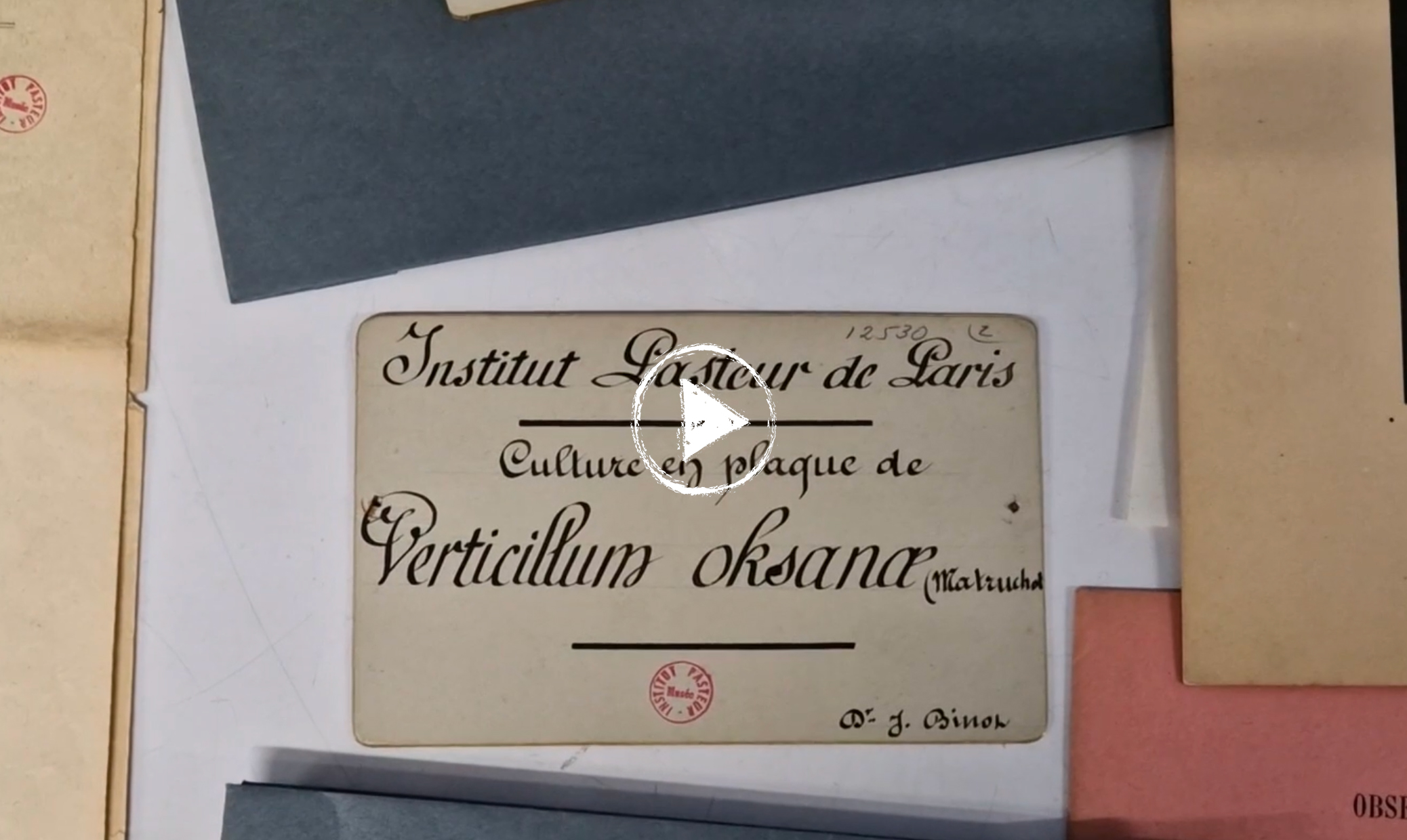
March 14, 2025
Bulletin interne de l'Institut Pasteur

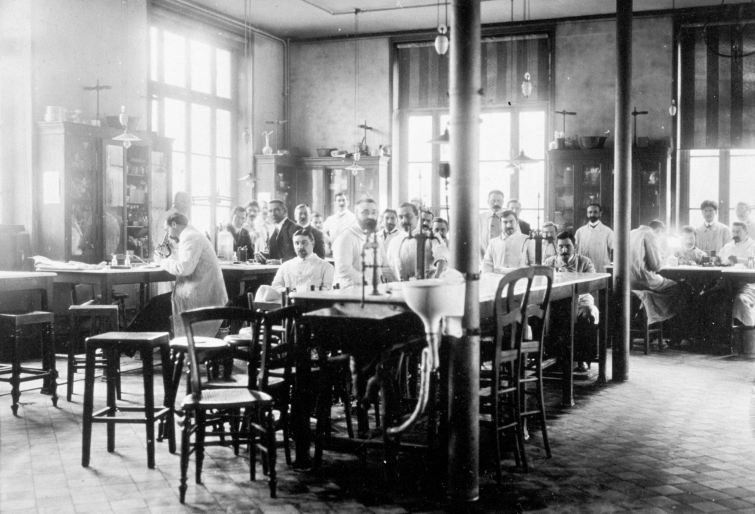
Collections from the Institut Pasteur museum on display at the Villa du Temps retrouvé in Cabourg
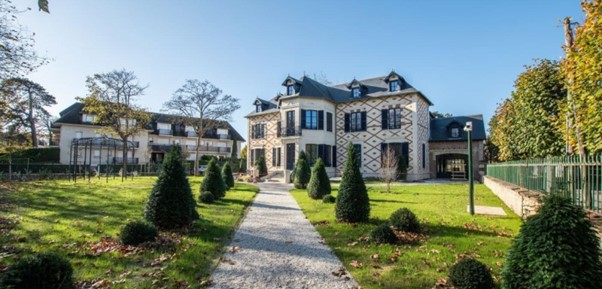
©Ville de Cabourg, la Villa du Temps retrouvé.
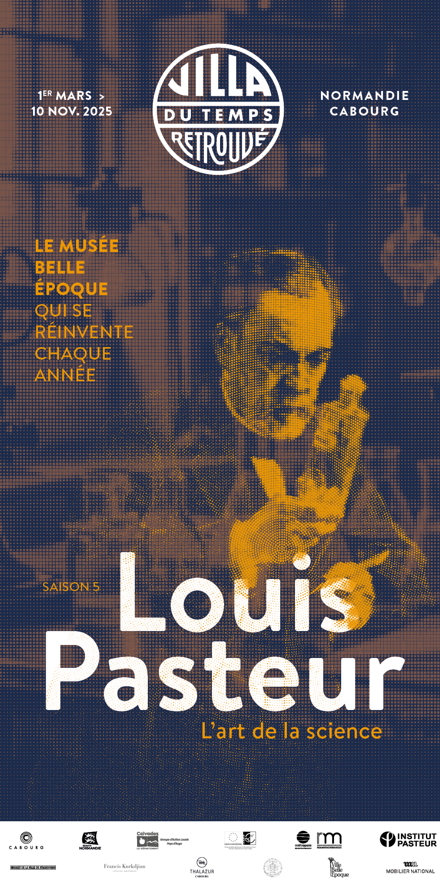 The Pasteur Museum is a partner of the exhibition "Louis Pasteur, the art of science," on display at the Villa du temps retrouvé in Cabourg. The exhibition features 46 cultural works and artifacts, some of which have never been seen by the public before. It focuses on Louis Pasteur's artistic side and also highlights other key figures in the Institut Pasteur's history such as Jean Binot (1867-1909), the first custodian of the Institut Pasteur's microbial collection.
The Pasteur Museum is a partner of the exhibition "Louis Pasteur, the art of science," on display at the Villa du temps retrouvé in Cabourg. The exhibition features 46 cultural works and artifacts, some of which have never been seen by the public before. It focuses on Louis Pasteur's artistic side and also highlights other key figures in the Institut Pasteur's history such as Jean Binot (1867-1909), the first custodian of the Institut Pasteur's microbial collection.
Every year since it opened in 2021, the Villa du temps retrouvé has looked back at important figures from the Belle Époque era (from 1871 to 1914). For this fifth year, the Villa has decided to showcase science through the person of Louis Pasteur. Tristan Duval, a town councilor for Cabourg, described the exhibition: "We wanted to shine a light on the innovation, creativity and inventiveness of a Europe that believed in progress. Louis Pasteur embodies that." This is also an opportunity to celebrate the 140th anniversary of the first victory over infectious diseases, with the development of the rabies vaccine in 1885.
 ©Ville de Cabourg, views of the exhibition.
©Ville de Cabourg, views of the exhibition.
The exhibition looks at the artistic side of Louis Pasteur and showcases his teaching at the Ecole des Beaux-Arts from 1863 to 1866. Two art historians, Pauline Deschamps-Kahn, an associate researcher at the Bibliothèque nationale de France, and Christopher Bakke from the Ecole Pratique des Hautes Etudes, are currently transcribing Pasteur's classes and contextualizing them, highlighting their contribution to the field of architecture and art restoration. They recently gave a lecture at the Center for Research and Restoration in French Museums (C2RMF), which is available to watch at the following link.
The exhibition also features Jean Binot, a close colleague of Émile Roux. Jean Binot created the Institut Pasteur's first microbial collection in 1889 in connection with Émile Roux's microbiology course.
©Institut Pasteur/Musée Pasteur, Course on microbial research techniques from 1906-1907, with Jean Binot in the first row.

© Institut Pasteur/Musée Pasteur, Microbiology laboratory used for practical exercises for microbiology courses in the 1900s. Jean Binot is with Amédée Borrel and René Legroux.
Jean Binot did not just lead a laboratory; he also traveled extensively and produced a large number of photographs. His shots, some of which are kept in the Pasteur Museum, document the first exhibitions about Louis Pasteur's scientific achievements. Binot also produced culture plates, one of which is included in the exhibition. These works, which present microbes from an entirely new angle, had previously not been exhibited for more than a hundred years. The Quai Branly-Jacques Chirac museum also has a Jean Binot archive.
 ©Musée Pasteur, Photographs taken by Jean Binot at the Liège International Exposition in 1905, showing an octagonal glass case containing scientific objects belonging to Louis Pasteur and cabinets with the Institut Pasteur's microbial collection in Roux culture flasks and test tubes.
©Musée Pasteur, Photographs taken by Jean Binot at the Liège International Exposition in 1905, showing an octagonal glass case containing scientific objects belonging to Louis Pasteur and cabinets with the Institut Pasteur's microbial collection in Roux culture flasks and test tubes.
The partnership with the Villa du temps retrouvé was an opportunity to restore several works in our collections, including two paintings by Paul Buffet, the brother of Jean Binot's wife. Find out more about the restoration of these works by Stéphanie Martin, a painting conservator, and the life of Jean Binot as told by Sandra Legout, head of the Institut Pasteur historical archives, in the video below.
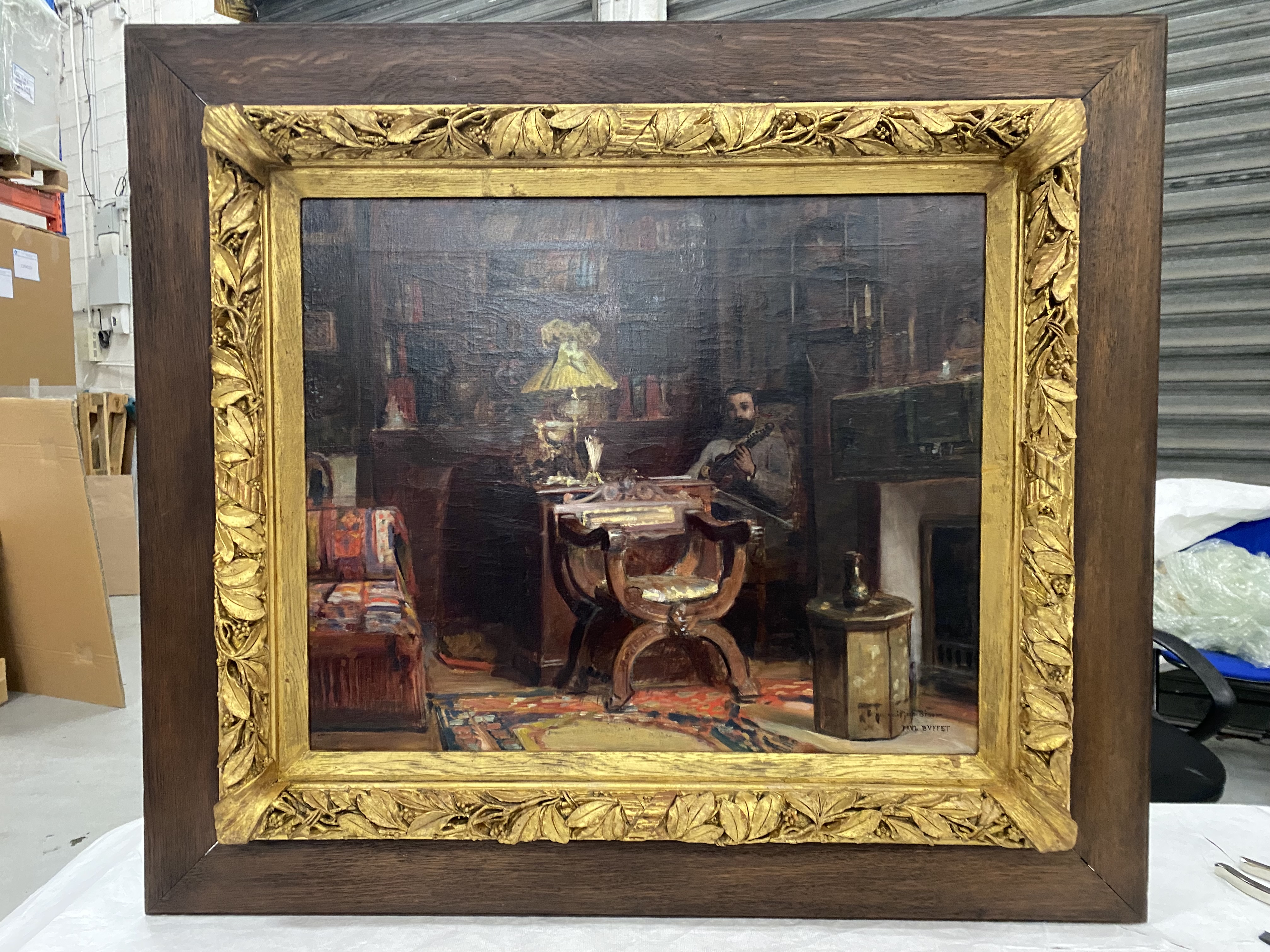
Jean Binot in his study in rue Cassette, holding a violin, painted by Paul Buffet (1864-1941)

The collection room at the Institut Pasteur, by Paul Buffet
This loan is a wonderful opportunity to improve the visibility of the Institut Pasteur's heritage during the work on the museum. The exhibition "Louis Pasteur, the art of science" is open to the public at the Villa du temps retrouvé in Cabourg until November 10, 2025.
If you are interested in the museum project or have technical or scientific objects that can provide clues to the past activities of the Institut Pasteur's laboratories, feel free to contact the museum team: musee@pasteur.fr

